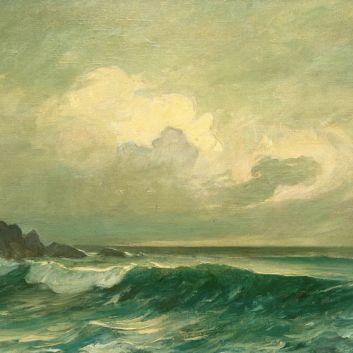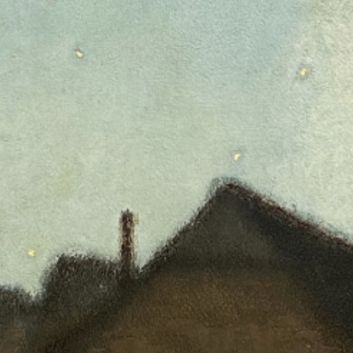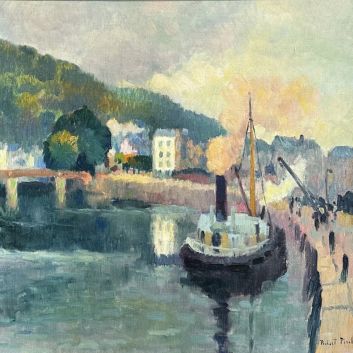Rating and value of paintings by André Barbier
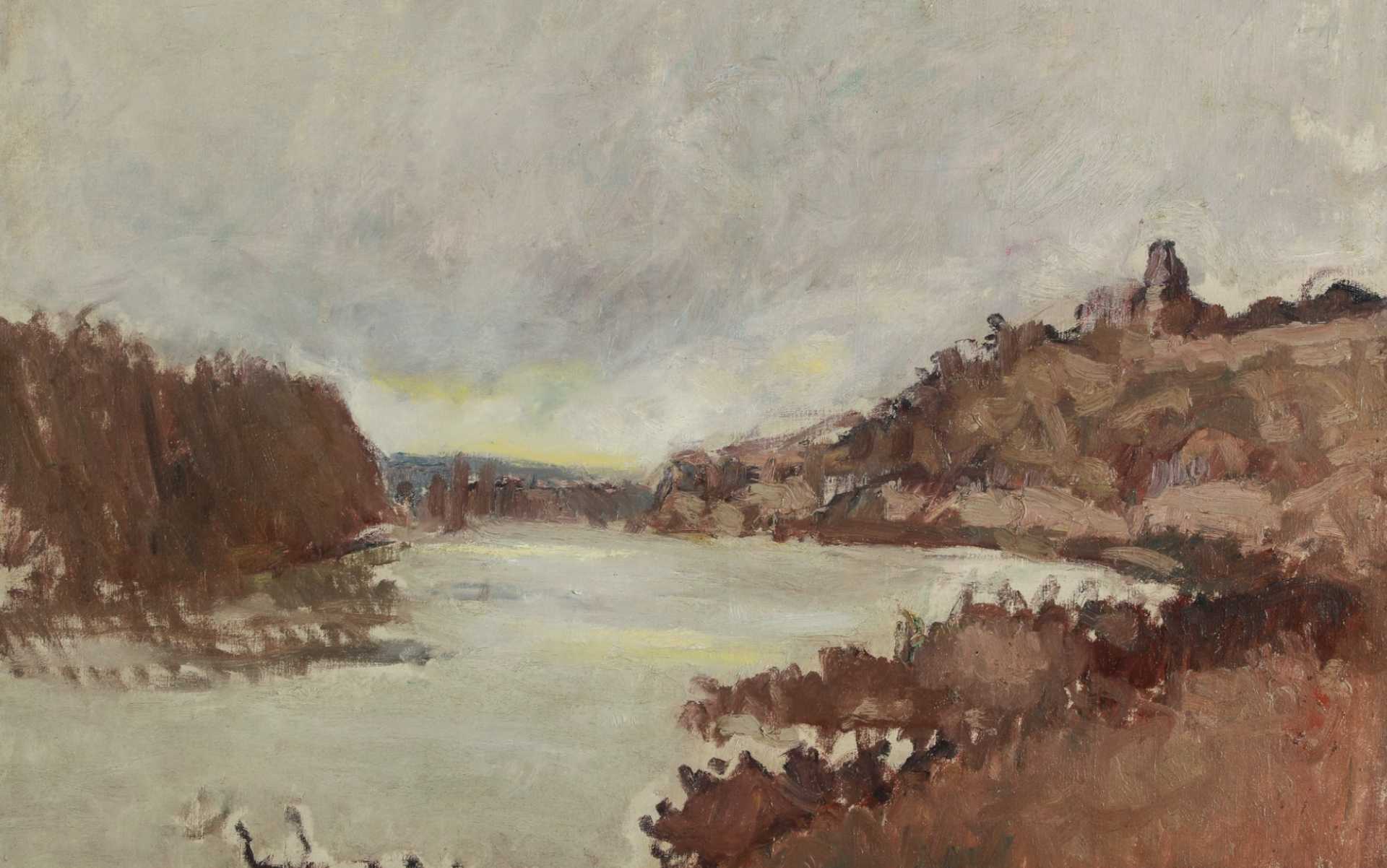
If you own a work by or based on the artist André Barbier and would like to know its value, our state-approved experts and auctioneers can help you.
Our specialists will carry out a free appraisal of your work, and provide you with a precise estimate of its current market value.
Then, if you want to sell your work, we'll point you in the right direction to get the best possible price for it.
Artist's rating and value
Thanks to their serene, luminous atmosphere, André Barbier's works have proved popular with collectors.
On the market, his various realistic compositions are successful at auction. His works sell for between €10 and €42,700, a significant delta but one that speaks volumes about the value that can be attributed to these canvases.
Some of the artist's works fetched unprecedented sums, as illustrated by his painting Les canotiers, which sold for €42,700, whereas its estimate was between €12,000 and €15,000.
Order of value from the most basic to the most prestigious
Technique used | Results |
|---|---|
Drawing - watercolor | From €20 to €3,350 |
Oil on canvas | From €10 to €42,700 |
Response in less than 24h
The artist's works and style
André Barbier is an Impressionist painter who worked mainly in Paris, the Côte d'Azur and Italy during the 20th century. He painted mainly landscape scenes, with a particular focus on the sky and the representation of light.
He works a lot with drawing, and produces a lot of it - with oils on canvas. He has not used the print medium during his career.
The life of André Barbier
André Barbier (1883-1970) was a French Impressionist painter.
Born in Arras into a family of notables, he was initially a musician, playing the piano from the age of eight. Barbier then became interested in photography, an accessible medium that he was able to combine with his interest in astronomy, but which quickly led him to painting. He moved to Paris at the age of 20, and from the outset succeeded in having his paintings exhibited at the Salon des Indépendants.
Producing mainly landscape views of the countryside, suburbs and the capital, he became friends with Claude Monet, then aged 66, in 1906, through the intermediary of art critic Gustave Geoffroy. Early in his career, Barbier spent time in Monet's studio and learned a great deal from him.
At the time, Barbier was also friends with Albert MarquetGeorges d'Espagnat and Maurice DenisThese encounters opened up a whole new world of possibilities for Barbier, who became interested in the various currents that were flourishing at the beginning of the 20th century, including Fauvism and the Nabis group.
In addition to exhibiting at the Salon des Indépendants, he also made a name for himself by exhibiting at the Salon d'Automne and the Salon des Tuileries. Supported by the critics, he managed to secure a contract with the Durand-Ruel gallery, where he held regular one-man shows.
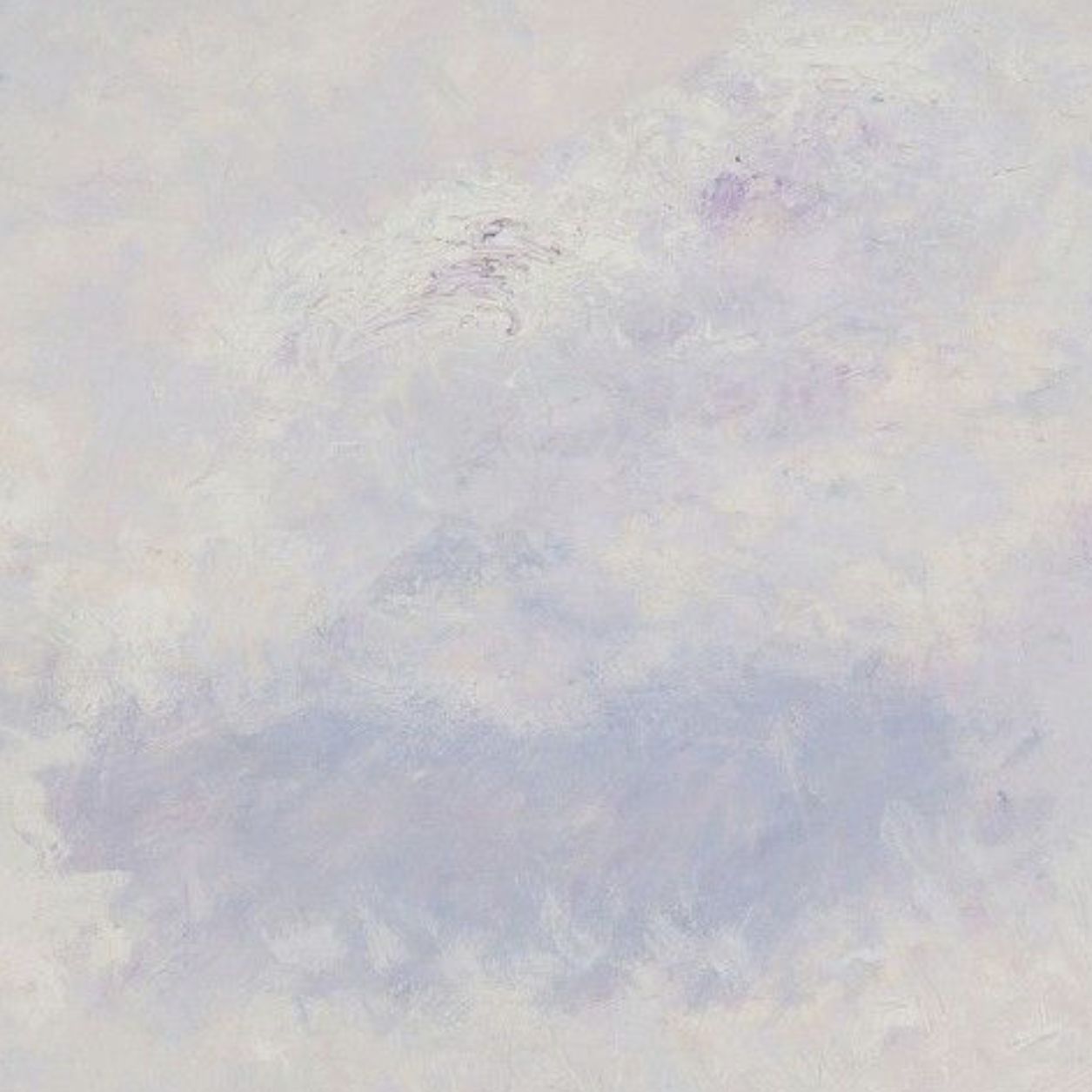
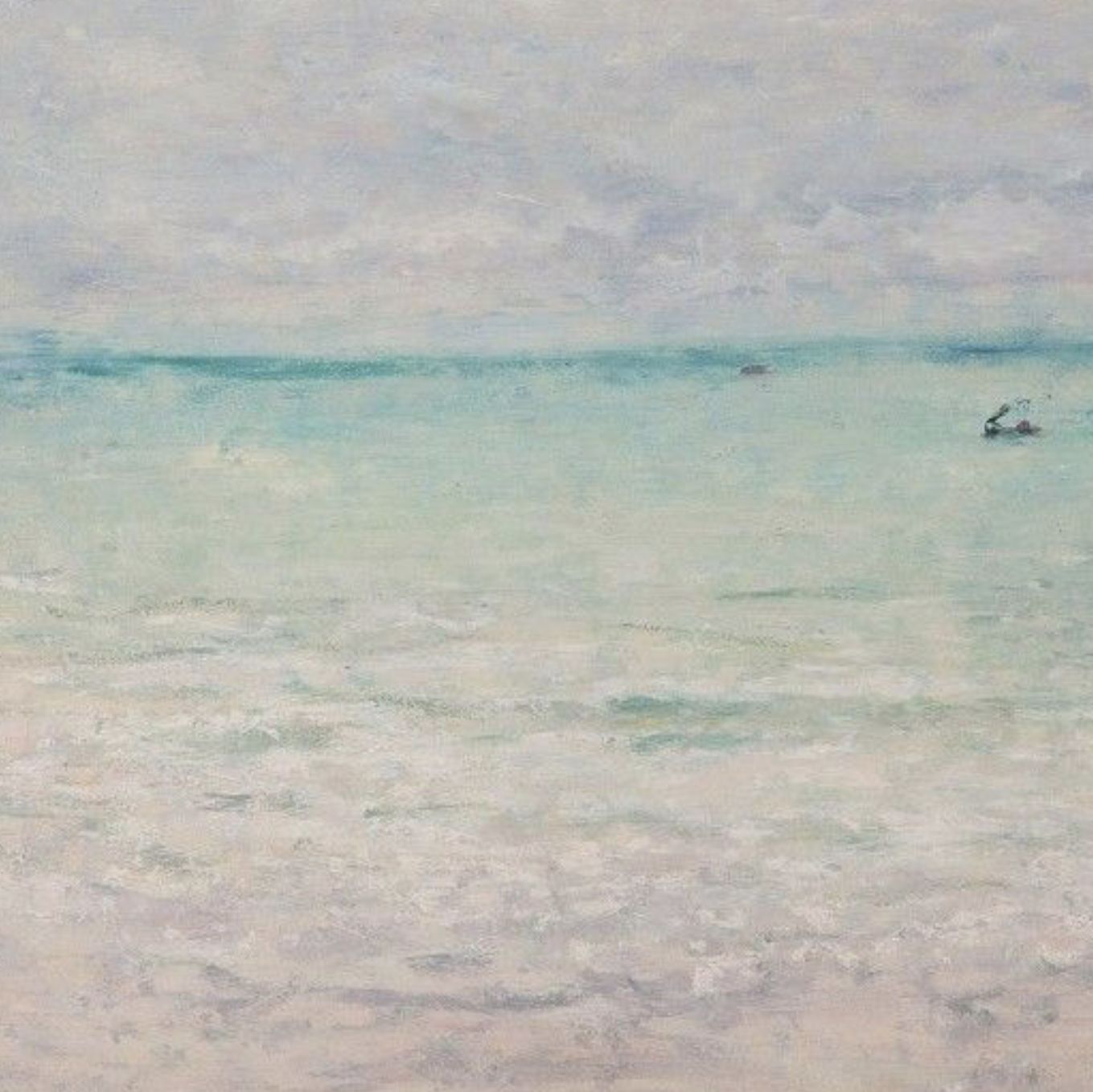
Focus on Paysage au bord de l'eau, André Barbier (on the cover)
André Barbier, an artist less well known than the great names of Impressionism, nevertheless produced works that deserve to be rediscovered. One of his paintings, Paysage au bord de l'eau, perfectly captures the spirit of Impressionism, while adding his own sensibility.
This painting, depicting a river bordered by trees with light foliage, is bathed in soft, diffused light. Here, Barbier plays on the effects of light, one of the central elements of the Impressionist approach, seeking to render a precise moment in the day, when nature seems suspended in a moment of calm.
This choice of subject - peaceful nature at the water's edge - is fully in keeping with the Impressionist tradition, which favored outdoor scenes and landscapes changing with the effect of natural light.
Like Claude Monet with his famous series of Water Lilies or Alfred Sisley in his depictions of rivers and bridges, Barbier seems driven by a desire to capture the fleetingness of the moment.
The slightly veiled sky is reflected in the water with a subtlety of tone reminiscent of the Impressionist technique, where short, light brushstrokes are superimposed to create an impression of movement.
André Barbier's approach, however, is more structured than that of some of his contemporaries. While the Impressionists, following in the footsteps of Monet and Renoir, often sought to dissolve form in light, Barbier maintained a certain rigor in the drawing of his trees and riverbanks.
This does not place him in opposition to the Impressionist movement, but rather in a variant closer to Camille Pissarrowho succeeded in marrying precision of line with the play of light.
This duality, between the desire to capture changing light and the desire to maintain a clear compositional structure, gives his work an identity of its own.
This painting, Paysage au bord de l'eau, also seems to draw its inspiration from the heritage of plein-air painting practiced by the first generation of Impressionists, while heralding an evolution towards calmer, more reflective compositions .
Unlike Monet, whose landscapes are often imbued with a certain frenzy of light, Barbier creates a calm, meditative atmosphere here.
The colors, though luminous, remain soft, in a palette of greens, blues and browns. Reflections in the water add an almost poetic dimension, inviting the viewer to lose themselves in the nuances of the ripples.
The Impressionist context in which Barbier evolved was one in which plein-air painting revolutionized the way nature was depicted. Artists left their studios to capture the effects of light and color directly outdoors.
Newly invented paint tubes allowed this new freedom, and landscapes became a favorite subject. Barbier, like his colleagues, seized this opportunity to explore nature under different climatic and lighting conditions.
His landscapes, imbued with this impressionist research, nevertheless retain a sensibility all his own: a particular attention to the structure of forms and the balance of composition.
All in all, André Barbier's Paysage au bord de l'eau is perfectly in tune with the Impressionist movement, while revealing a personal approach.
The painting, with its subtle mastery of light effects and reflections, bears witness to the influence of his predecessors, while at the same time asserting the artist's singular voice. Although less well known, Barbier reveals himself here as a faithful heir to Impressionism, while at the same time making his own mark on this movement that revolutionized 19th-century art.
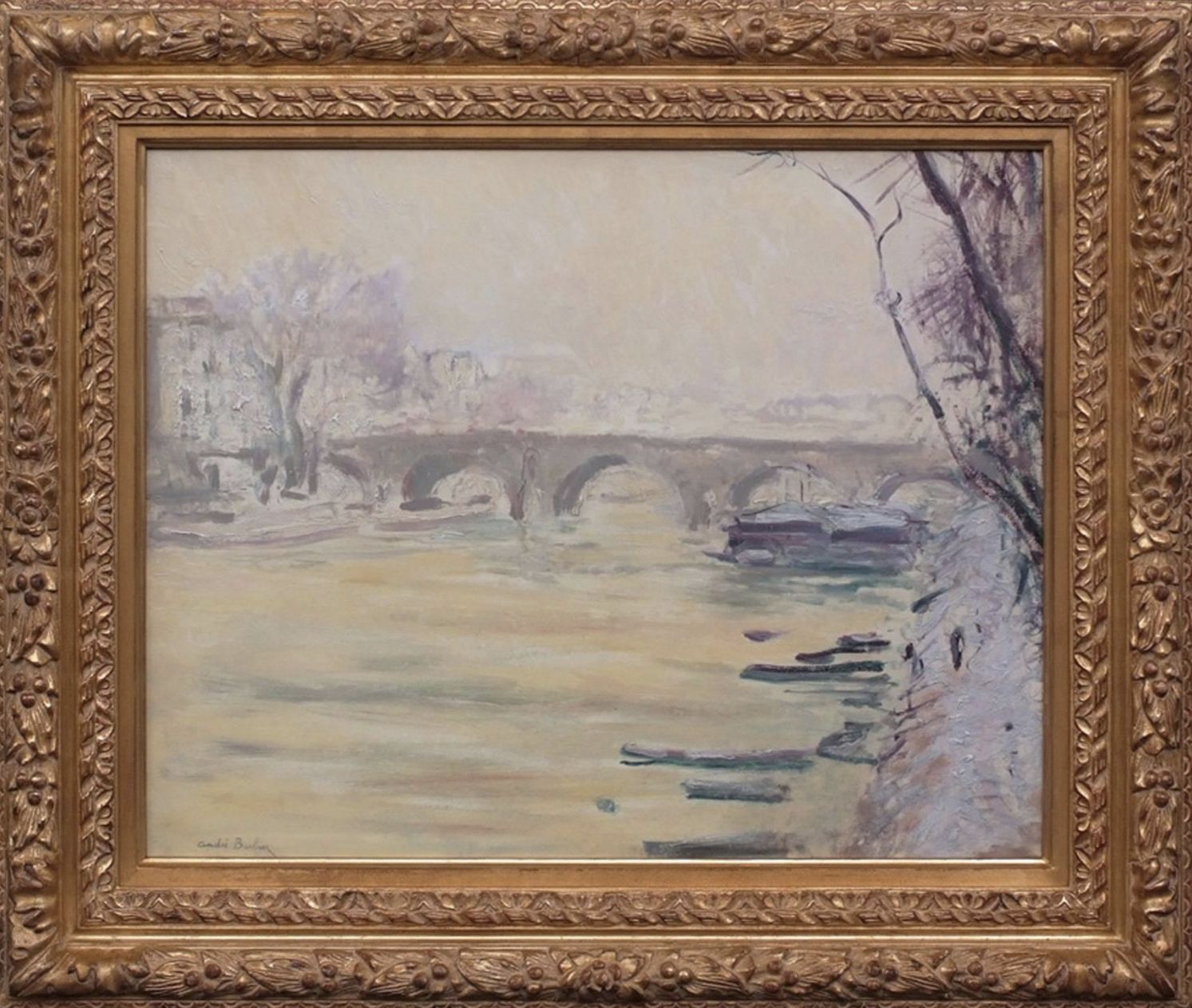
Impressionism and art criticism in the 20th century
At the beginning of the 20th century, art criticism of Impressionism underwent a notable turnaround. Whereas the movement had initially been greeted with scepticism and derision, it gradually began to be rehabilitated and even celebrated by certain influential commentators.
The early years of the movement, marked by acerbic criticism of the works of Monet, Renoir and Pissarro, gave way to a new reading of their work.
Roger Marx, a leading critic of the period, saw Impressionism as a necessary break with academic conventions, a bold movement that captured the light and modernity of a changing world.
Impressionist painting, long considered unfinished or too chaotic, now finds a favorable echo in the writings of those who finally perceive the subtlety of its intentions.
The rapid brushstrokes, which seem to fragment reality, are interpreted no longer as clumsiness, but as reflecting a quest for the instantaneous, the ephemeral. Félix Fénéon, another influential critic, admired his ability to render the fleetingness of the moment, to translate sensations rather than freeze forms.
As the century progressed, Impressionism ceased to be perceived as an artistic scandal and became a benchmark, an anchor. Critics understood that this movement opened the way to new explorations, paving the way for avant-gardes such as Fauvism and Cubism. Impressionism, once shunned, became the bedrock of artistic modernity.
André Barbier's imprint on his period
André Barbier did not mark his period on a regional scale, and was not extremely well known during his lifetime. However, some collectors appreciate his work, and the majority of his canvases are privately owned. His value on today's auction market is rising.
His signature
Not all André Barbier's works are signed.
Although there are variations, here is a first example of its signature:
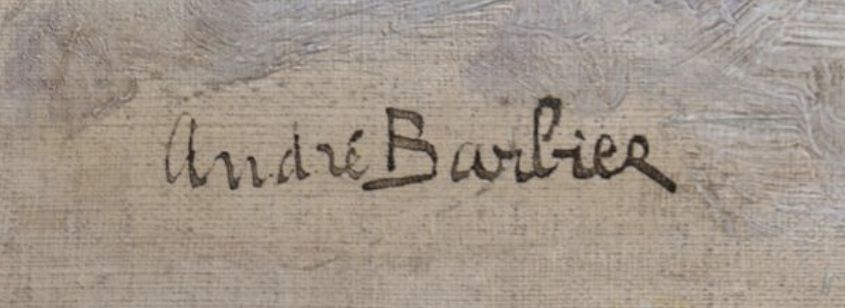
Appraising your property
If you own a work by André Barbier, don't hesitate to request a free appraisal by filling in our online form.
A member of our team of experts and certified auctioneers will contact you to provide an estimate of the market value of your work.
If you are considering selling your work, our specialists will also guide you through the various alternatives available to obtain the best possible price, taking into account market trends and the specific features of each work.
Response in less than 24h
Related topics

Rating and value of paintings by René Duvi...
René Duvillier is an artist of lyrical abstraction who has produced many works that are highly valued at auction.
Read more >
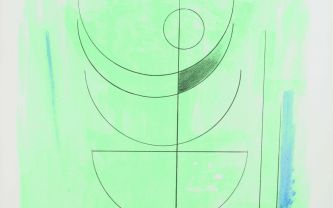
Cote et valeur des tableaux, dessins, peintures de Barbara H...
Barbara Hepworth est une artiste abstraite qui a produit des sculptures et des peintures dont la cote et la valeur sont élevées aux enchères.
Read more >

Cote et valeur des tableaux, dessins, peintures de Jean Faut...
Jean Fautrier est un peintre abstrait du XXème siècle, coté aux enchères, qui a produit des oeuvres dont la valeur est assez élevée. Estimation 24h.
Read more >
Secure site, anonymity preserved
State-approved auctioneer and expert
Free, certified estimates


